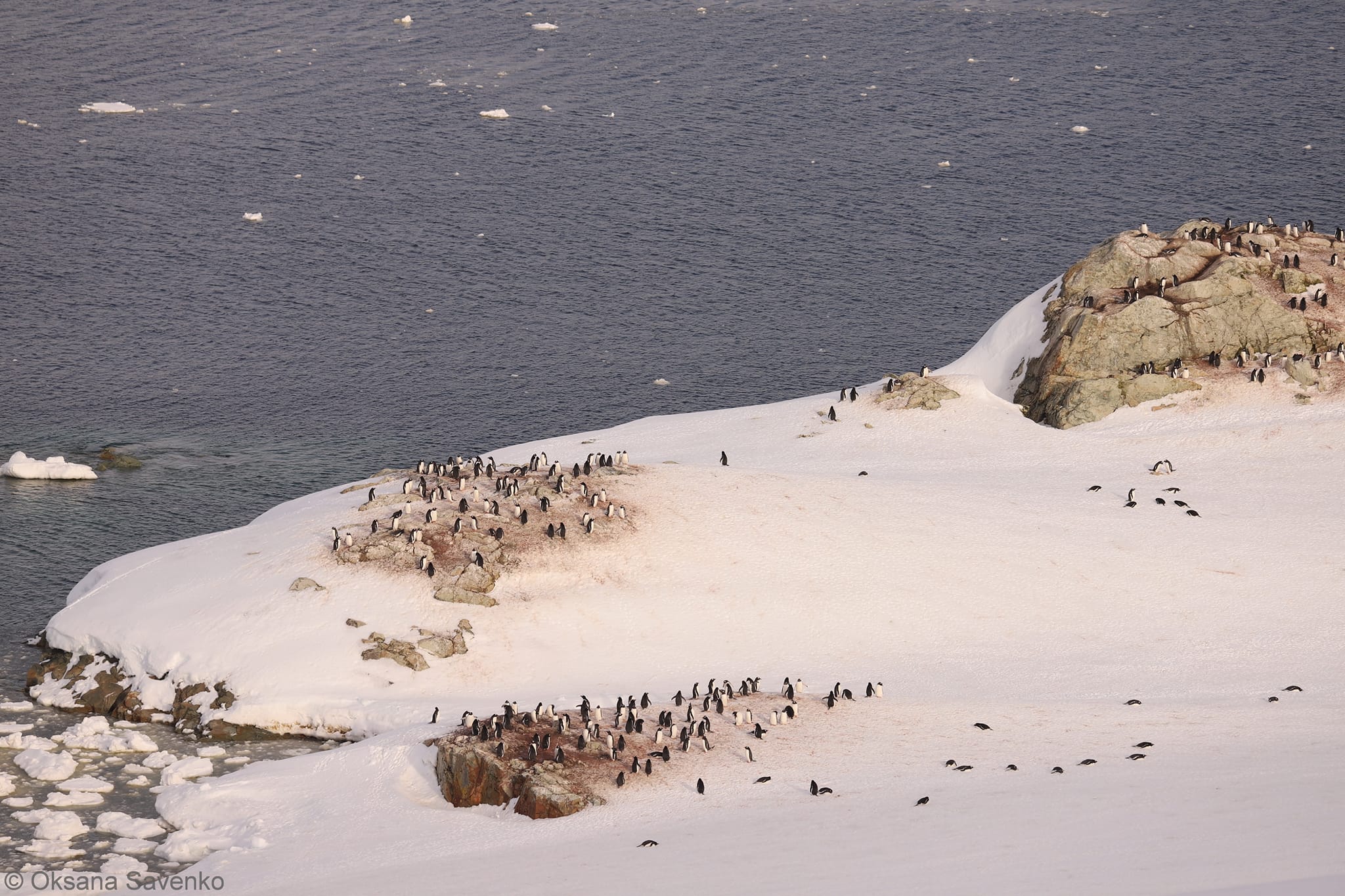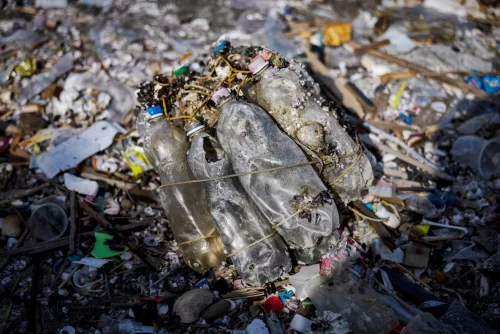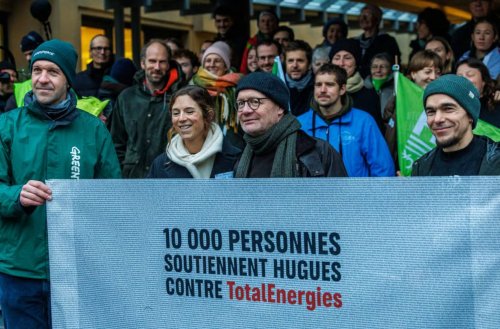In Antarctica, the area of sea ice is shrinking at an unprecedented rate and, despite the middle of winter, some areas have become exposed in places where this had not been observed before.
From 2007 to 2022, satellite studies show a steady decline in subpolar ice, and since 2016 such trends have become increasingly unpredictable, the National Antarctic Science Center reported on Facebook.

"More than 60 scientists from 14 countries of the world call for the immediate intensification of research related to the state of the Antarctic ice," the message emphasized.
Scientists have emphasized that certain species of animals are under threat of extinction, including emperor penguins, some species of seals and seabirds.

They noted that in the middle of the polar winter, the ice should be at its strongest. Instead, an unprecedented minimum ice cover is observed. One of the most anomalous sea ice shrinking areas is the Bellingshausen Sea.

"Ice changes did not pass by the water area of Galindez Island, where our station is located. The other day, a temperature of +3 C was recorded in the "Vernadskyi" area. And although during this period there should be a real Antarctic winter here, and the ocean around the island should freeze, the expected ice did not form," the scientists said.

The international community of scientists proposes to standardize the methods of monitoring the ice cover. In particular, to introduce a standardized concept of "essential climate change" (Essential Climate Variables) for monitoring sea ice, ocean and atmosphere. This will make it possible to clearly identify the most threatening phenomena for the global ecosystem. In addition, polar explorers call for closer cooperation in the field of climate modeling and exchange of climate data. This will allow governments to act and make decisions more quickly to reduce the rate of melting of the Antarctic ice and, accordingly, slow down the negative impact of this phenomenon on humanity.
Earlier, EcoPolitic wrote, that scientists have discovered that deep cracks are forming in the Thwaites Glacier in Antarctica, which is called the Doomsday Glacier, and it melts at a considerable rate. Its partial destruction could lead to a sea level rise of more than 70 cm
As EcoPolitic previously reported, research by a group of international scientists confirmed accelerated melting of ice sheets Earth.





